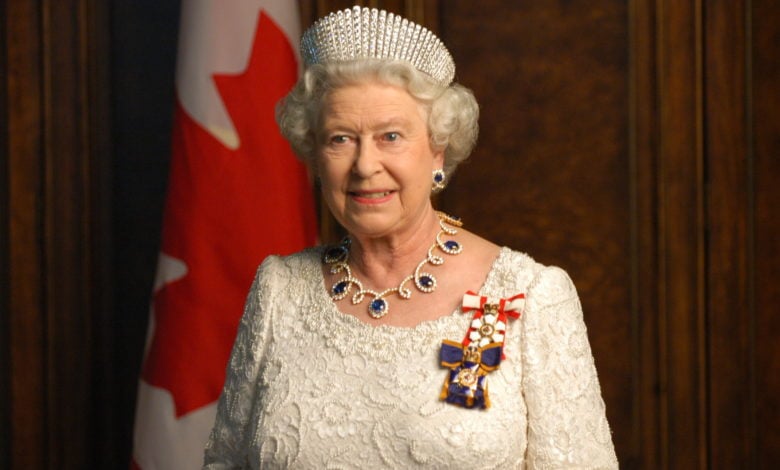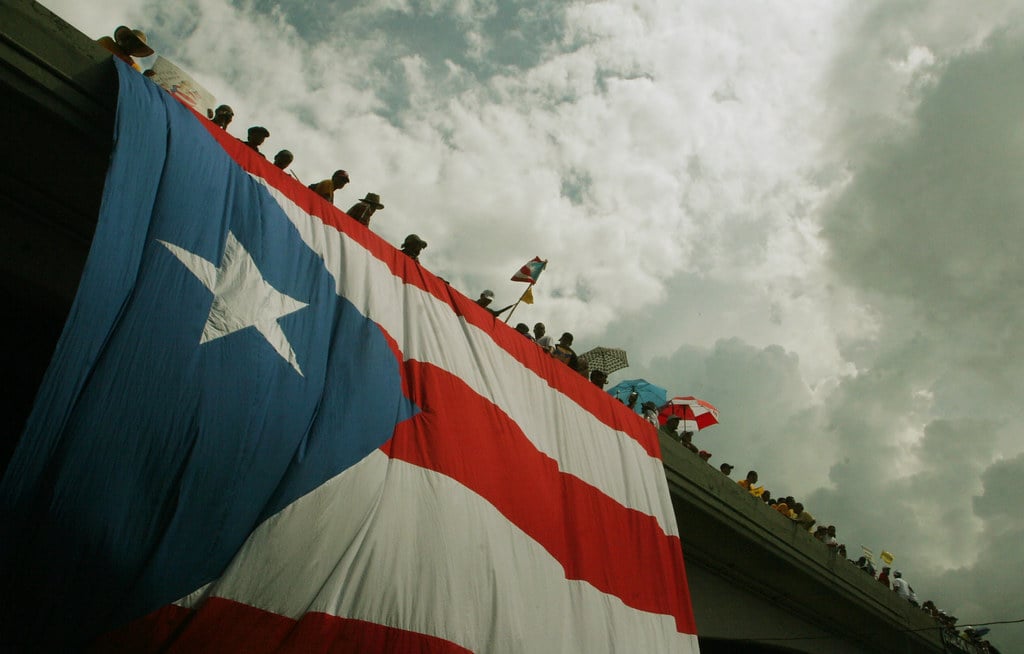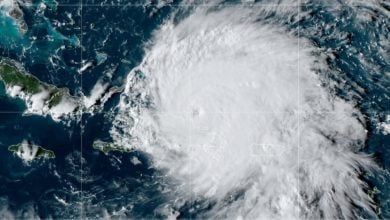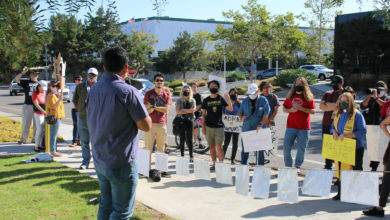
Queen Elizabeth II oversaw the British monarchy from Feb. 6, 1952, until her death on Sept. 8. During her reign, national liberation and communist movements spread throughout the colonies, demanding independence from British rule, which were often met with brutal repression by occupying forces. Her reign should be remembered as a symbol of the sheer brutality that the British empire unleashed on its subjects, and the lengths it will go to maintain regional dominance.
Malayan Emergency (1948-1960)
The Malayan Emergency was a guerrilla war between British armed forces and the Malayan National Liberation Army, the military wing of the Malayan Communist Party, which began four years before Queen Elizabeth’s reign and continued eight years after she ascended to the throne. The MNLA sought independence from the British colonial government and began waging guerrilla attacks on rubber plantations, police stations, and transportation and infrastructure networks.
On June 18, 1948, in response to these attacks British authorities declared a state of emergency, triggering a 12-year-long war and scorched-earth terror campaign in which the British military set fire to homes and farmland belonging to those suspected of having ties to the MNLA, relocated an estimated 400,000 to one million people into concentration camps called “new villages,” and sprayed crops with Agent Orange to starve insurgents.
The emergency was declared over in 1960, and by that time an estimated 6,700 guerrilla fighters and over 3,000 civilians had lost their lives. Military strategists and policy-makers still study the Malayan Emergency today as one of the few successful counterinsurgency campaigns undertaken by the West.
Repression of the Mau Mau rebellion (1952-1960)
In 1952, after decades of economic marginalization, dispossession, and violence at the hands of the British regime, a group of Kenyan militants, known as the Mau Mau rebels, launched an anti-colonial uprising against the white settlers and African loyalists in their country.
This uprising was a response to decades of British colonizers seizing more and more land from the Kenyan inhabitants to give to white settlers, forcing the locals into low-wage labor on the settler farms. Nationalist organizations, such as the Kenyan African Union, often appealed to British authorities for land reform and equal political rights to no avail.
By October of that year, the British moved military reinforcements into Kenya to put down this uprising. They launched a brutal counterinsurgency campaign, and threw over a hundred thousand Kikuyu, Neru and Embu Kenyans into detention camps where they were subject to interrogation, torture, beatings and sexual abuse. By 1960, according to the Kenyan Human Rights Commission, the British had killed, maimed or tortured 90,000 Kenyans, and detained 160,000 in camps. Though the Mau Mau were defeated, the rebellion played a key role in achieving Kenyan independence in 1963.
Today, the Talai and Kipsigis tribes in Kenya are seeking $200 billion in reparations from the British government as restitution for land theft and colonial crimes.
Covert war in Yemen (1962-1969)
In 1962 after the death of Yemen’s King Ahmed, Arab army nationalists with popular support from the people and backed by Nasser’s Egyptian army seized power and declared a republic. Royalists, meanwhile, launched a counterattack to take back power with support from Saudi Arabia, Israel, Jordan and Britain.
Though Britain publicly maintained a policy of non-intervention in Yemen, it was in fact secretly supplying fighter jets to carry out airstrikes on the country, as well as millions of pounds of weapons to royalist forces. Airwork services, a private British defense company, even signed a $26 million contract to provide personnel to train Saudi pilots.
It is worth noting that British officials acknowledged the royalists they backed had little chance of winning. The strategy, as then-Prime Minister Harold Macmillan told U.S. President John Kennedy, was to ensure that the “new Yemeni regime were occupied with their own internal affairs during the next few years” and that the end goal was “a weak government in Yemen not able to make trouble.”
As predicted, the royalists lost the war to the republicans in 1969, and by that time an estimated 200,000 people had been killed.
Propaganda offensive in Indonesia (1965-1966)
In 1965, British spies launched a sophisticated propaganda campaign inciting violence against the Indonesia Communist Party (PKI), then the third largest communist party in the world. From Singapore, the British propagandists created newsletters purportedly written by Indonesian diaspora encouraging those within the country, including army generals, to “cut out” the “communist cancer” and “eliminate” the PKI. The PKI, they said, “is now a wounded snake” and “now is the time to kill it before it has a chance to recover.” The offensive also included a radio station run by Malaysians broadcasting anti-communist propaganda into Indonesia.
This campaign was launched by Britain to undermine PKI-supported Indonesian President Sukarno, who opposed the administration’s plans to combine its former colonies into a Malayan federation — a plan he saw as the empire trying to preserve its colonial control in the region.
On Oct. 1, an attempted coup within the army, carried out by left-wing forces believing that some within the ranks were planning a coup against Sukarno, was the catalyst for General Suharto to seize power, crush the rebellion and massacre all he suspected of having ties to the PKI. During this period, the British spies sent out special issue newsletters likening the PKI to Hitler and urged those to continue their violent campaigns, even stating, “Communism must be abolished in all its forms. The work started by the army must be carried on and intensified.”
The violence finally ended in March 1966 when Sukarno abdicated power to General Suharto. By that time, an estimated 500,000 to one million people had been killed, making it one of the worst massacres of the 20th century.
Bloody Sunday (January 30, 1972)
On January 30, 1972, during a march in Derry, Northern Ireland, British military opened fire on a crowd of protesters, shooting 26 — 14 of whom died from their injuries. During the fray, 108 rounds of ammunition were discharged by 21 soldiers firing their weapons.
The Northern Ireland Civil Rights Association had organized the march in response to legislation passed by the British government in August of 1971, which allowed authorities to imprison suspected Irish nationalists without trial. Catholic communities in Northern Ireland were already subject to discrimination by the majority Protestant government.
Bloody Sunday is one of the key events during the Troubles, a 30-year national liberation struggle waged by the Irish Republican Army against British paramilitaries and the British army for independence.
Not a figure to be mourned
From the 1950s to 1970s during the height of decolonization, British authorities launched Operation Legacy, a campaign to destroy all government records in the colonial administrations prior to their countries’ transition to independence. Administrators urged these records be burned or thrown into the sea in order to erase any evidence that could potentially “embarrass Her Majesty’s government” or “embarrass members of the police, military forces, public servants or others eg police informers,” or that might “be used unethically by ministers in the successor government.”
Because of this operation and its destroyed evidence, we may not even know the full scale of the British empire’s genocidal campaigns. What we do know of, however, should be a reminder that Queen Elizabeth is not a figure to be mourned, but a symbol of an empire responsible for some of the worst atrocities in history, who reaped massive amounts of wealth stolen from its colonies.
Photo credit: Government of Alberta (CC BY-ND 2.0)






